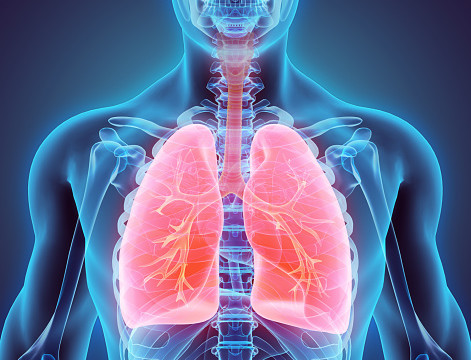
Mariana Sanchez, a Community Health Worker (CHW) with a.i.r. bronx, recently visited the home of a family struggling to help three of their five children control their asthma. During her visit, Mariana identified significant mold in the apartment, along with mice and pests, as well as a large hole in the bedroom wall.
Mariana spoke with Homebase, the NYC homelessness prevention program, and helped the family receive the Family Eviction Prevention Subsidy (FEPS). Homebase worked with the family to secure new housing. The new apartment is free of mold, rodents, and roaches and the family is having a much easier time managing asthma.
The Bronx has one of the highest rates of asthma in the United States. Air quality, housing conditions, smoking, and medication non-adherence are some of the factors that affect the prevalence of this disease and lead to poorer health, missed school days and more hospital visits among community members.
“So many variables come into play when treating asthma patients in our borough,” says Dr. Alyson Smith, director of SBH’s Pediatric Allergy Department. “To truly treat patients, you need to take a look at the whole picture and address these contributing factors.”
Bronx Partners for Healthy Communities (BPHC), the Performing Provider System led by SBH, partners with a.i.r. bronx to provide in-home asthma self-management services to families in the Bronx. The “a.i.r.” in a.i.r. bronx stands for Asthma, Intervention, and Relief. They provide these services to children and adults in New York City using evidence-based practices and a data-driven model.
The program drives the goal of DSRIP, the state’s Medicaid transformation initiative, to build an integrated system of quality, community-based care that addresses the communities’ health disparities.
“It’s really about looking at our patients and seeing the full person – not just the specific ailment – and providing care in a more comprehensive way,” says Irene Kaufmann, BPHC Executive Director.
a.i.r. bronx CHWs visit with families in their homes and work with them to identify asthma triggers that may be present such as dust, pests and/or poor ventilation. They review and discuss patients’ asthma medications to make sure they are taking them properly.
They can refer families to support services such as integrated pest management services and smoking cessation programs that can make homes environmentally healthier. Like Mariana, CHWs can even advocate on behalf of the family with landlords, legal aid, housing and other social service agencies. “Care coordination right down to the community level is essential to our effectiveness,” says Kaufmann. “a.i.r. bronx CHWs are part of a patient’s interdisciplinary care team to ensure that referrals, screening, interventions, and medication compliance are coordinated and recorded on the patient’s EMR.”
Kaufmann also notes that CHWs are members of the communities they serve. They speak the language of their communities and form trusting relationships with families. To date, more than 1,000 families have been reached at home. Referrals come from multiple sources, including care coordinators, emergency department (ED) patient navigators, and community-based organizations.
BPHC recently piloted a new program, Healthy Buildings, to connect with asthma patients on a wider scale. Healthy Buildings is a partnership with Montefiore Medical Center, city officials and agencies, and several community-based organizations.
Through data collection, the program can help identify areas or building units, also called “hotspots,” where there are high rates of asthma and hospital use. Teams work with tenant leadership and community centers to host family events that provide food, healthy activities, entertainment, and education on asthma and other chronic diseases. The goal is to build asthma self-management programming into buildings by working with tenant groups and community centers. As the program grows, BPHC will evaluate its progress and explore ways to expand it to other communities.
According to Kaufmann, “This is where the convergence of the care team, community partners and technology allows us to reach patients where they live, provide them with the services and support to be healthy, and engage them in their care.”
Luci de Haan
 GIVING
GIVING (718) 960-9000
(718) 960-9000